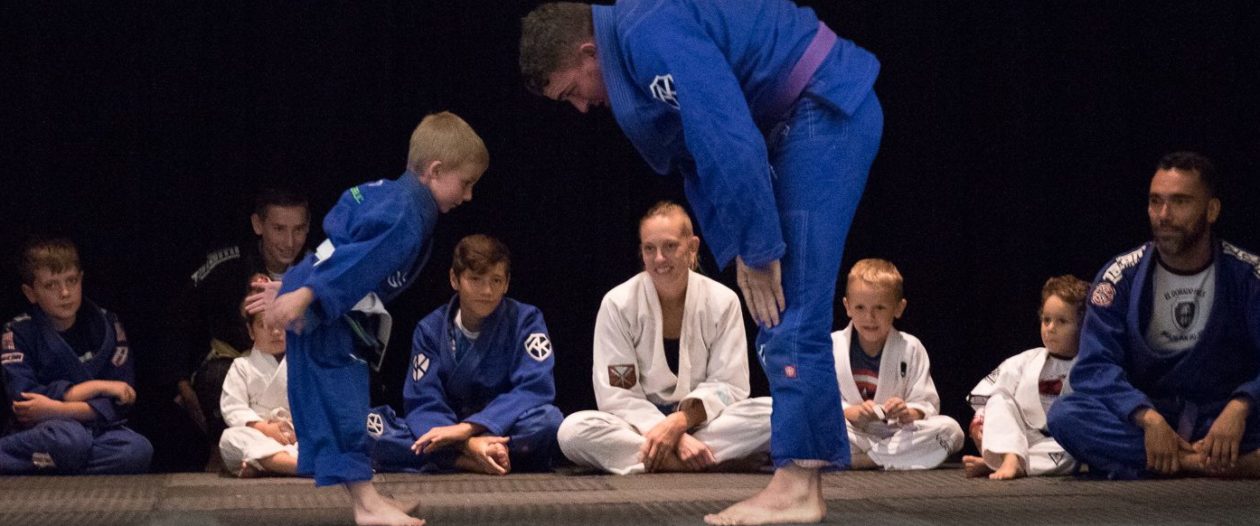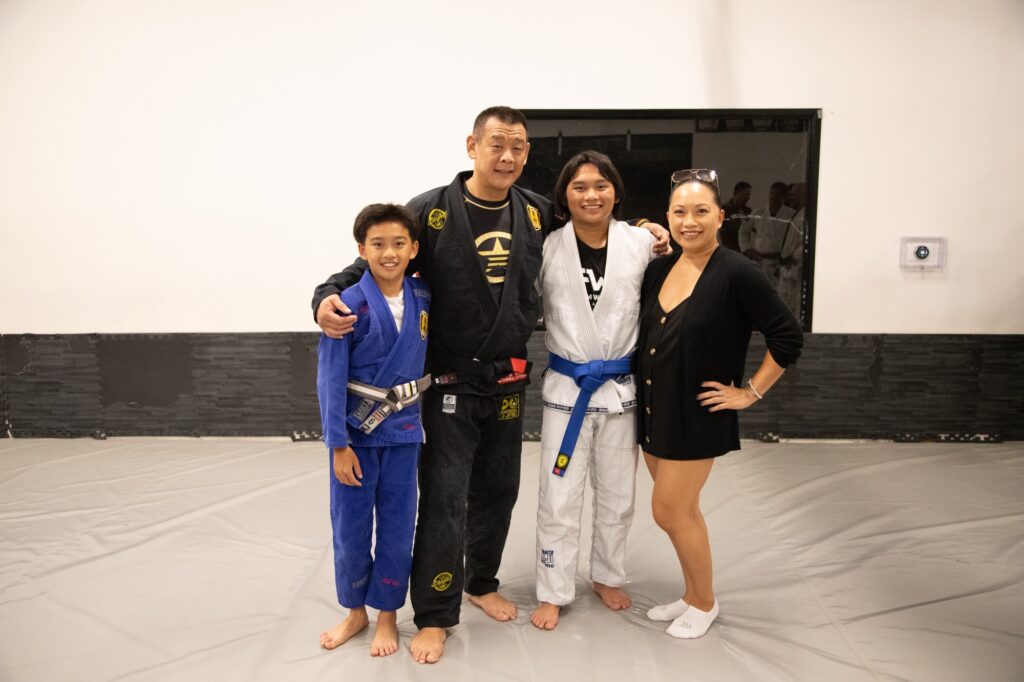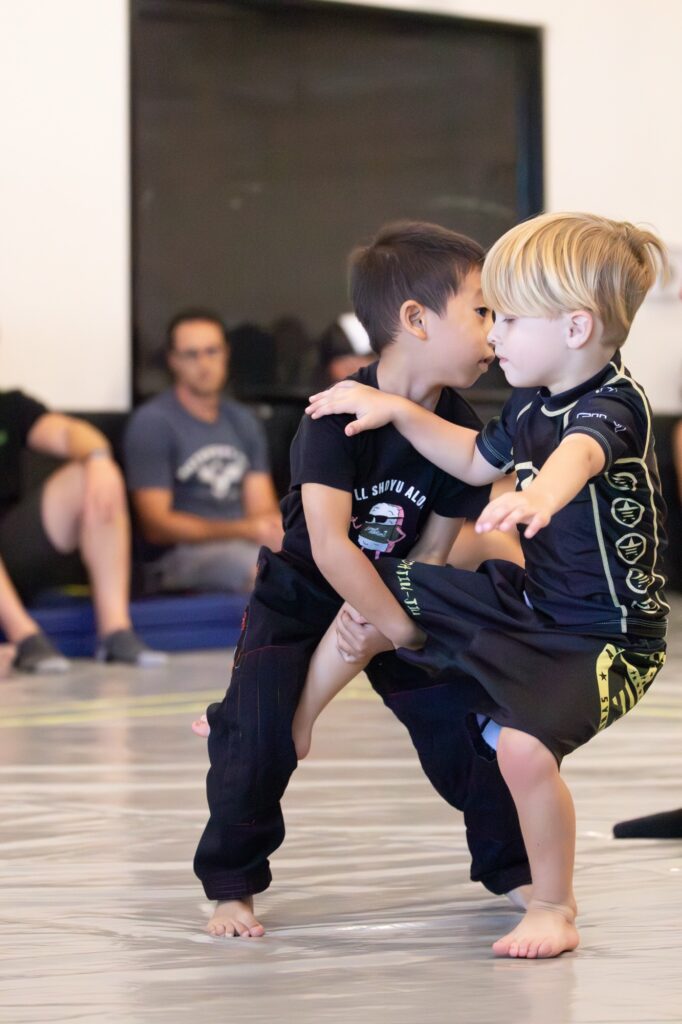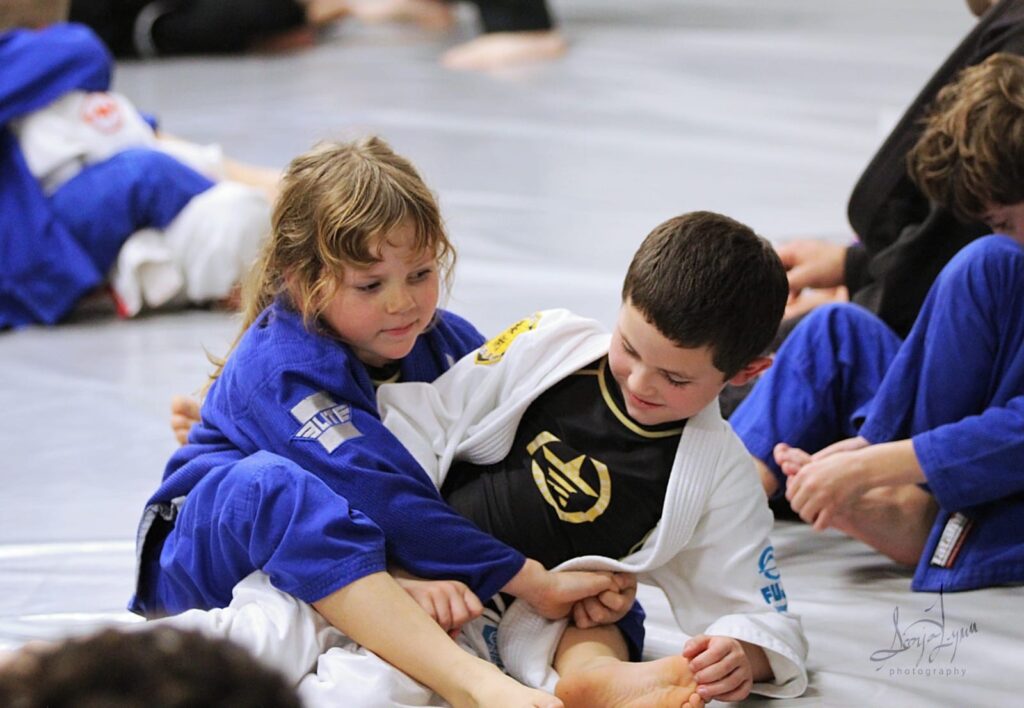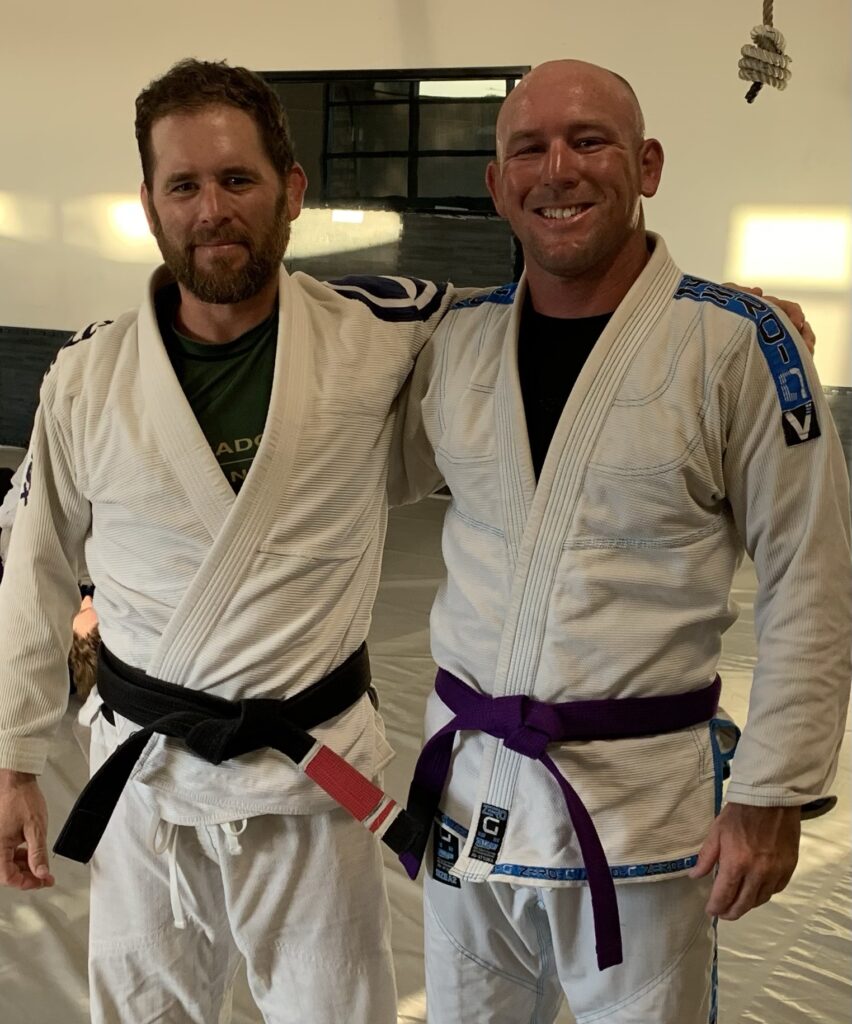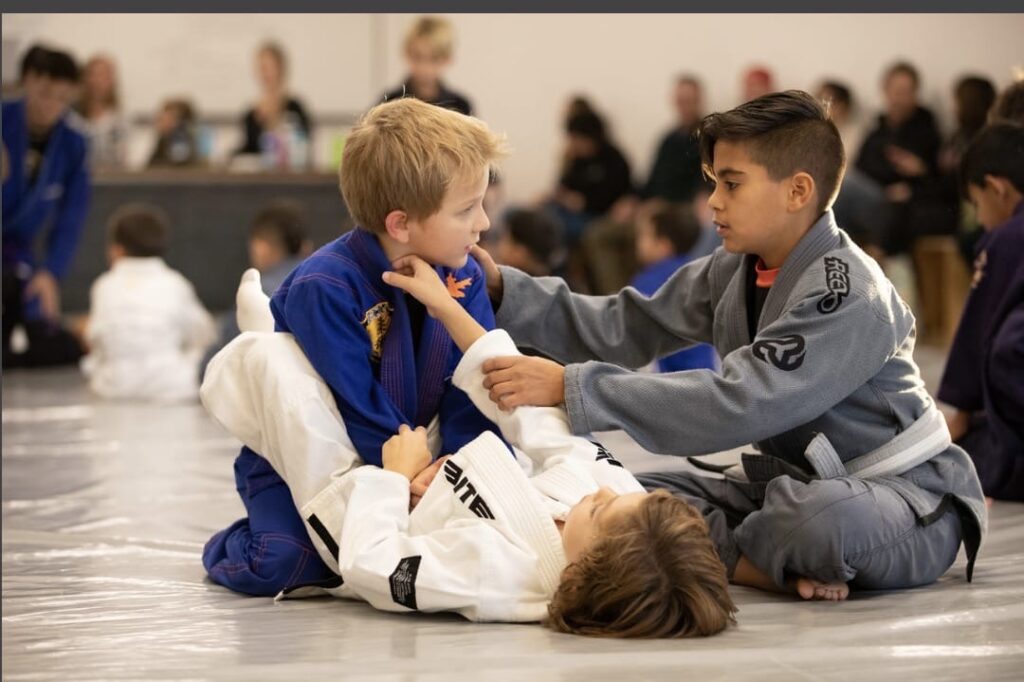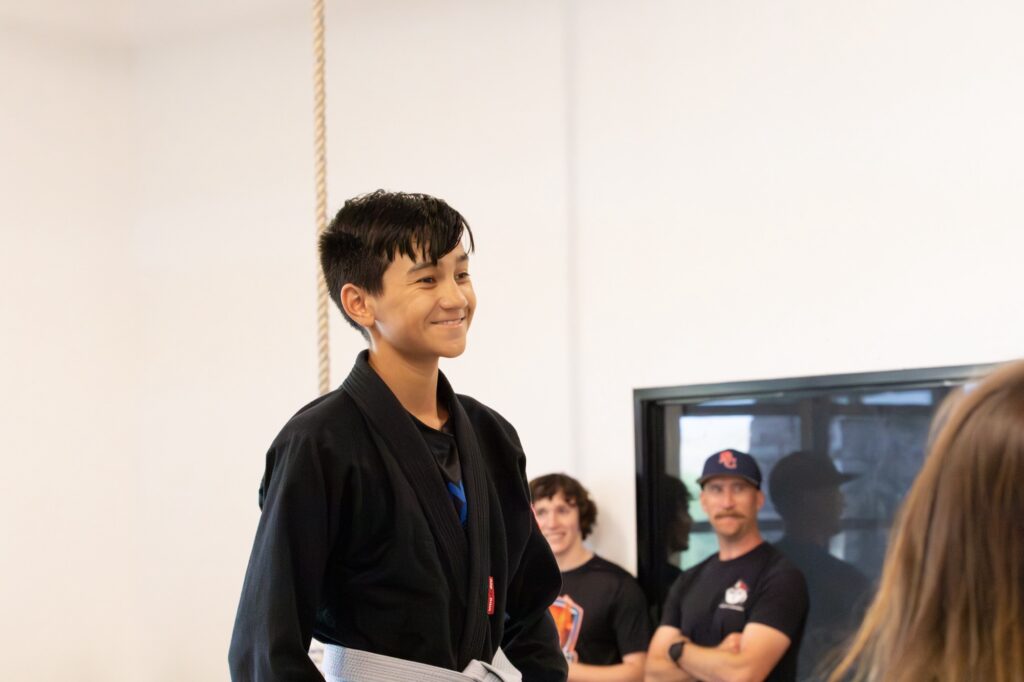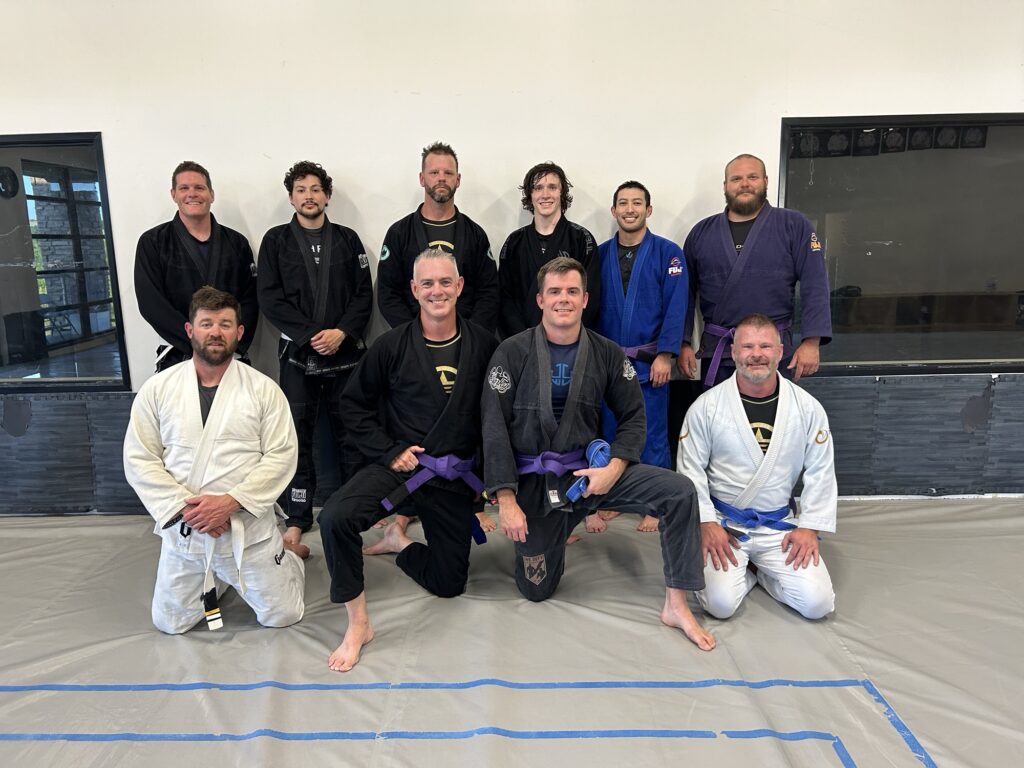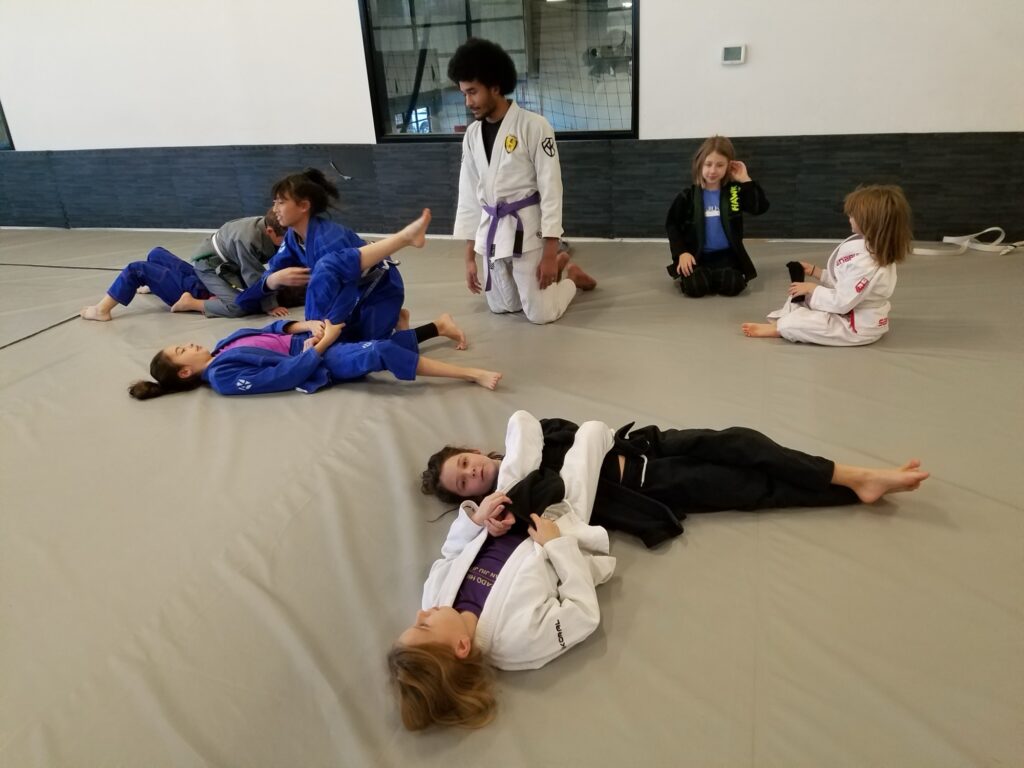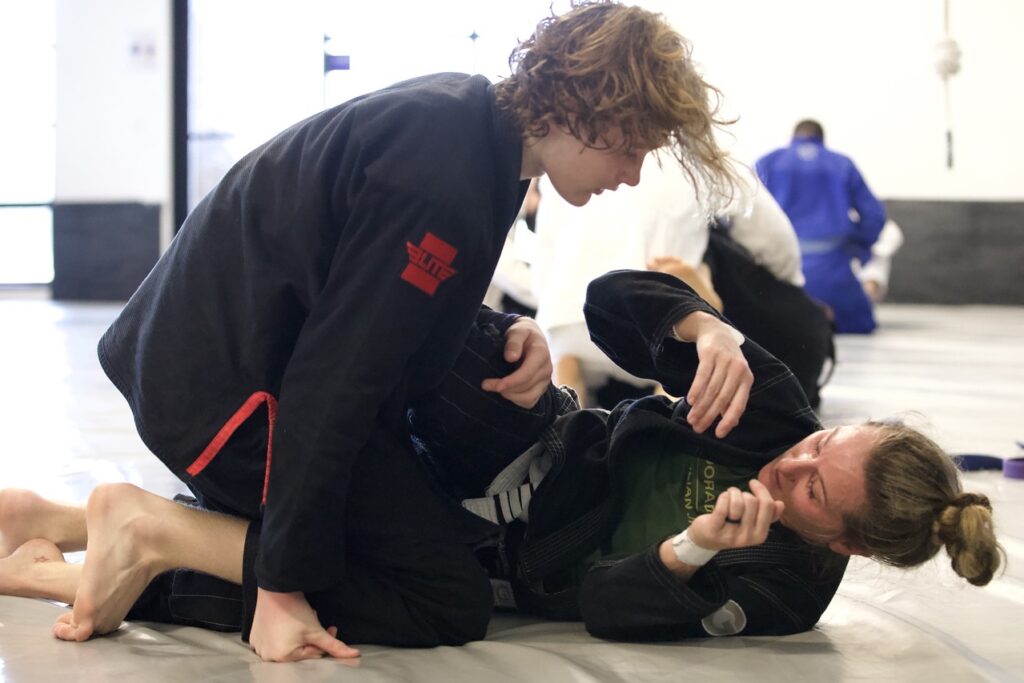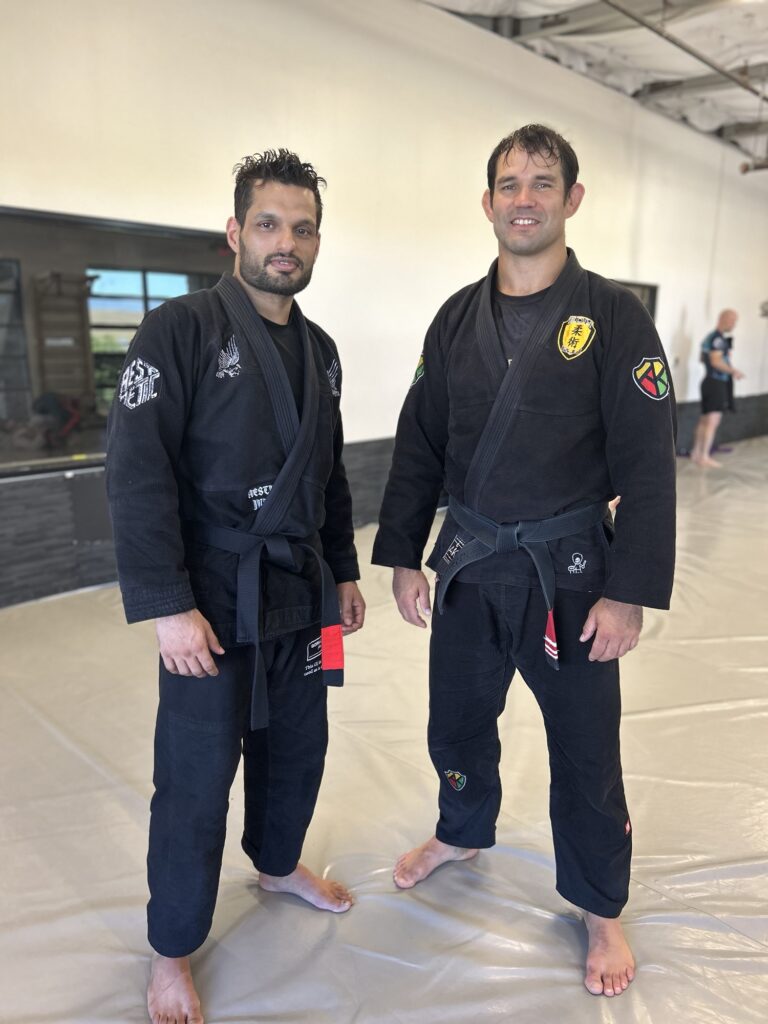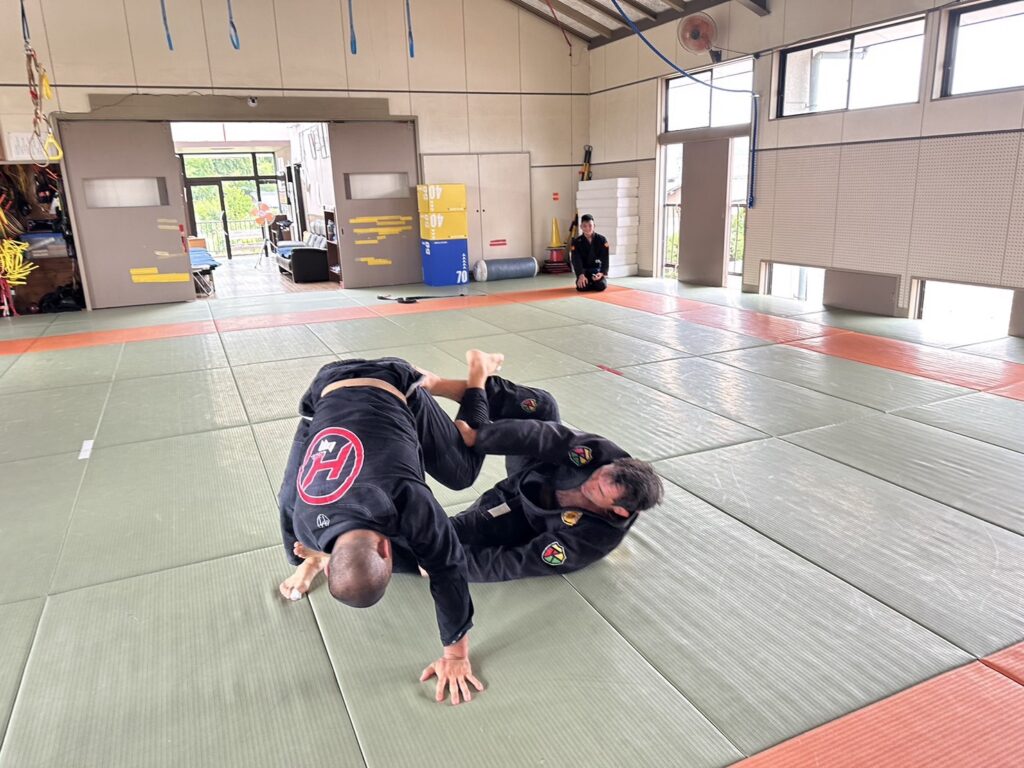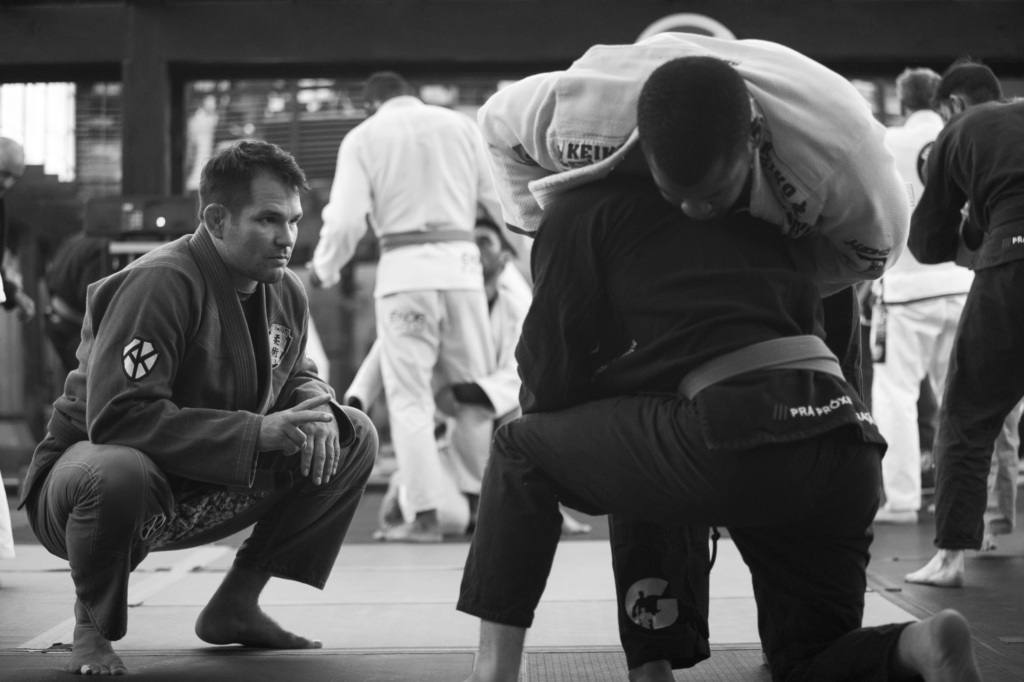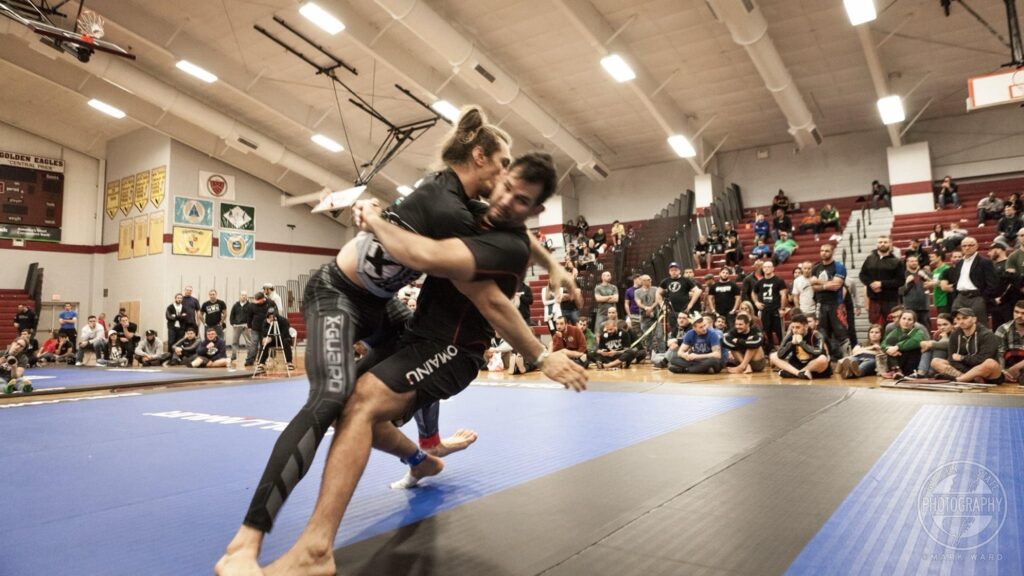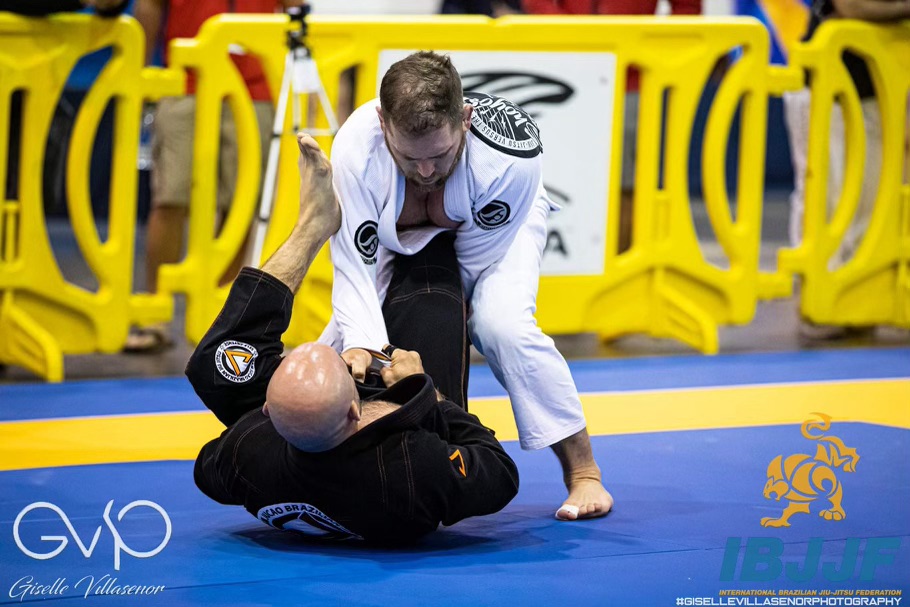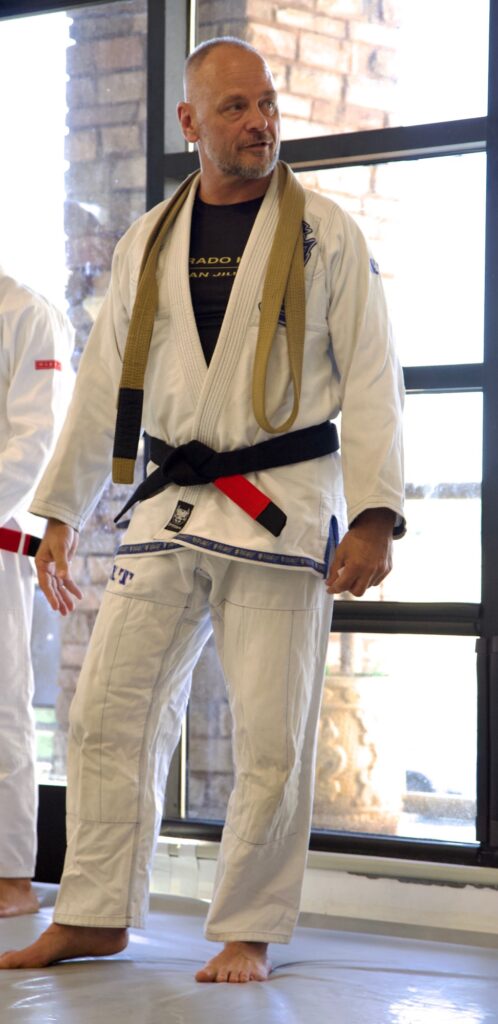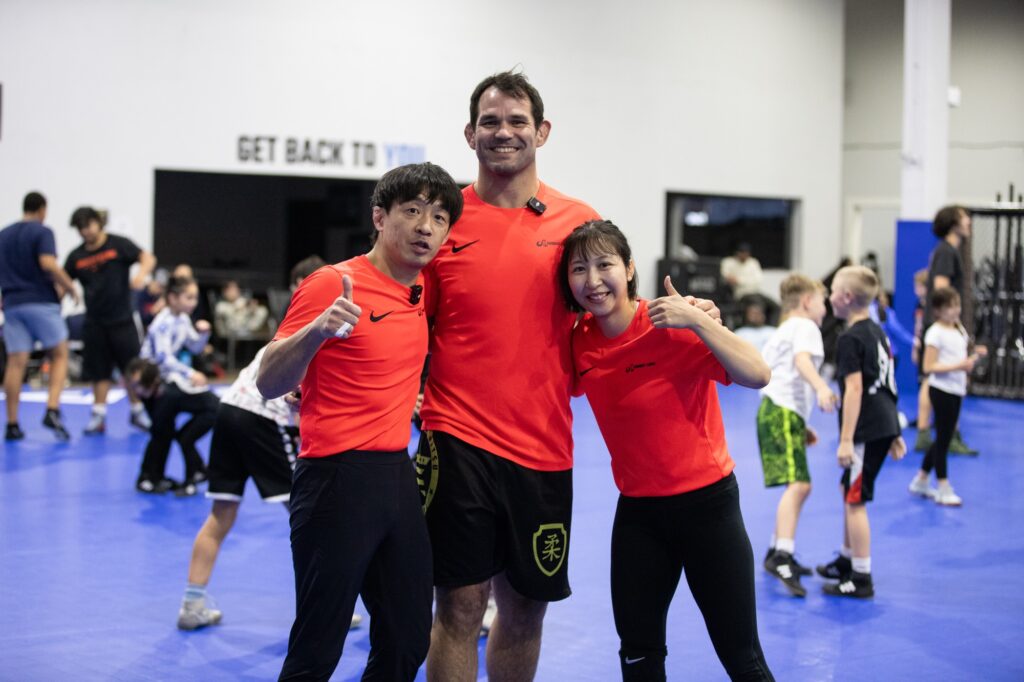
In martial arts, there’s a delicate balance between relaxation and exertion. Two essential concepts in this balance are 力を抜く (chikara wo nuku), meaning “letting go of unnecessary force,” and 力を与える (chikara wo ataeru), meaning “applying force effectively.” While 力を抜く teaches us to release energy and move efficiently, 力を与える emphasizes the intentional and precise use of strength when it matters most.
Together, these concepts form a harmonious approach to combat—learning when to relax and when to engage. Let’s explore their relationship and how you can integrate them into your Jiu Jitsu practice.
EDH Jiu Jitsu recently hosted coach Shimizu Seshito PhD and athlete Miyu Nakamura from Combat Label to teach a clinic on the Japanese wrestling system. We gained some insights into a few different concepts emphasized in Japanese wrestling. One repeatedly emphasized concept was how to apply pressure and at the same time redirect or take away that pressure to effectively maintain control. Let’s dive into idea of communication through the application of pressure and releasing pressure.
What is 力を抜く?
力を抜く is about releasing unnecessary tension in the body and mind. This allows for greater freedom of movement, improved energy conservation, and sharper decision-making.
In practice:
- Relaxation in Transitions: During sweeps, escapes, or guard retention, excessive tension slows you down. Relaxing lets your body flow with the movement.
- Staying Calm Under Pressure: When someone has you in side control or mount, resisting with brute strength can exhaust you. Instead, focus on breathing, relaxing, and waiting for the right moment to escape.
- Efficiency in Technique: Muscle strength alone isn’t enough in BJJ. Proper technique is more effective when your body is relaxed and moves fluidly.
What is 力を与える?
力を与える is the purposeful application of force at the right time and in the right way. Unlike 力を抜く, it involves engaging your strength and focus with precision.
In practice:
- Executing Finishes: Whether locking in an armbar or securing a choke, you must apply controlled force to make your technique effective. Too much or too little, and your submission may fail.
- Holding Position: When passing guard or maintaining mount, a strong base is critical. This requires intentional application of pressure to keep your opponent controlled.
- Explosive Transitions: In moments like takedowns or reversals, explosive power (力を与える) is often necessary to succeed.
The Dance Between Relaxation and Force
The real art of martial arts lies in knowing when to apply 力を抜く and when to shift into 力を与える. Too much relaxation, and your technique becomes ineffective. Too much force, and you risk telegraphing your movements, exhausting yourself, or losing the technical battle.
Here’s how these concepts interplay in BJJ:
1. Guard Passing Example:
- 力を抜く: As you move to pass, keep your upper body relaxed and responsive, using technique rather than strength to clear your opponent’s legs.
- 力を与える: Once you secure side control, apply steady pressure through your chest and hips to pin your opponent effectively.
2. Escaping Side Control Example:
- 力を抜く: Relax your shoulders and conserve energy while framing to create space.
- 力を与える: When you bridge or shrimp, engage your core and legs explosively to escape or regain guard.
3. Submission Example:
- 力を抜く: During set-up, relax your grip and bait your opponent into exposing a limb or neck.
- 力を与える: Once the submission is locked in, apply controlled force to finish without hesitation.
How to Practice 力を抜く and 力を与える
- Build Awareness: During drills and sparring, focus on how your body feels. Are your muscles unnecessarily tense, or are you too relaxed in critical moments? Adjust accordingly.
- Flow Rolling: Use flow rolls to practice the transition between 力を抜く and 力を与える. Focus on moving fluidly until the right moment demands force.
- Breathing Techniques: Controlled breathing helps you relax when needed (力を抜く) and engage powerfully (力を与える) during explosive moments. Practice exhaling sharply during exertion to engage your core effectively.
- Strength and Conditioning: Developing strength and body awareness outside of class helps you apply 力を与える with precision. Strong muscles combined with relaxation give you better control over your body.
The Broader Lesson
These two principles go beyond martial arts. In life, we often need to balance moments of relaxation with moments of intense effort. Too much force or tension can lead to burnout, while too much relaxation may prevent us from achieving our goals. The interplay between 力を抜く and 力を与える teaches us to stay flexible and intentional in both movement and mindset.
At El Dorado Hills Jiu Jitsu, we encourage our students to explore this dynamic balance. Whether you’re a beginner learning to relax on the mat or an advanced student refining your timing and pressure, this concept is fundamental to growth.
The next time you step onto the mat, ask yourself: “Am I balancing 力を抜く and 力を与える?” With practice, you’ll find that sweet spot where relaxation and power work in perfect harmony.
Discover the balance for yourself. Join us for a class and see how the interplay of relaxation and controlled force can elevate your Jiu Jitsu game to the next level.

